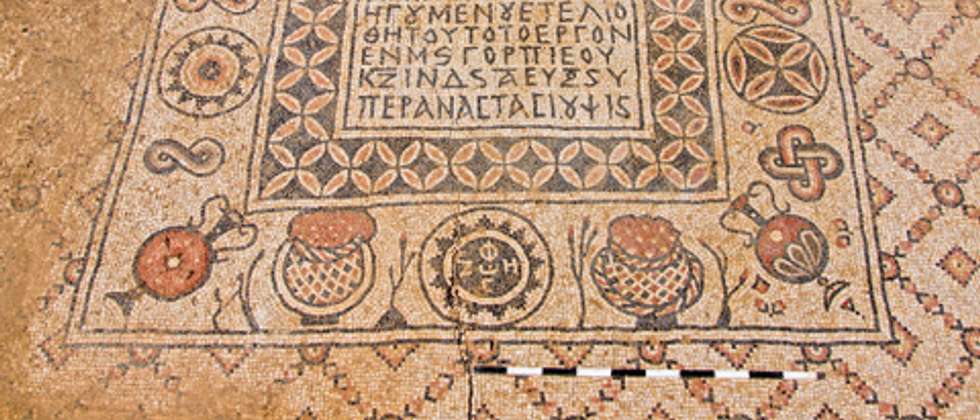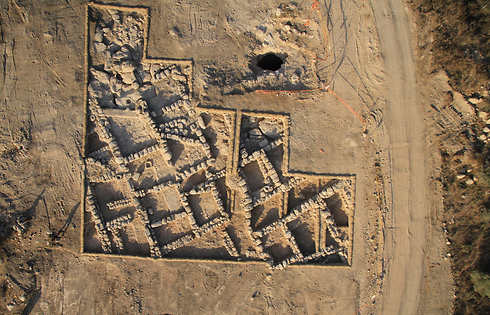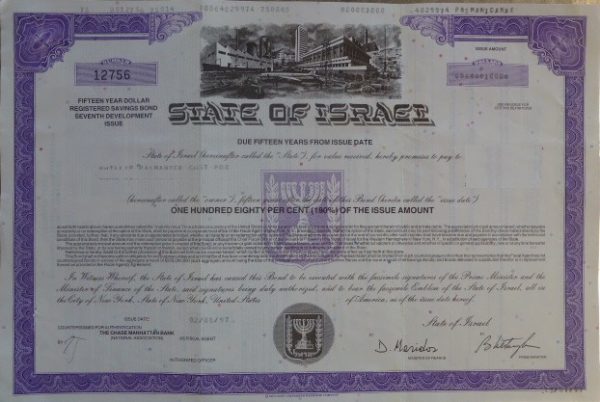Israel Antiquities Authority announced the discovery of ruins and bronze coins stamped with a Hebrew inscription reading “Year Four,” the time of the Great Revolt against the Romans some 2,000 years ago.
The Israel Antiquities Authority on Tuesday announced that the ruins of a Second Temple-era community have been found near Highway 1, Israel’s main Tel Aviv-Jerusalem highway.

The coins found on the site were stamped with a Hebrew inscription reading “Redemption of Zion” – Photo: Uri Lenz
The ruins were discovered several months ago during an infrastructure project by the national roads company, Netivei Israel.




















 Israeli New Shekel Exchange Rate
Israeli New Shekel Exchange Rate